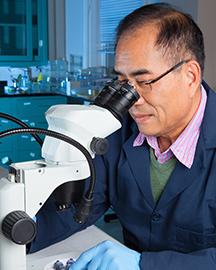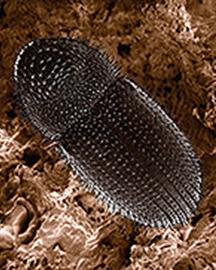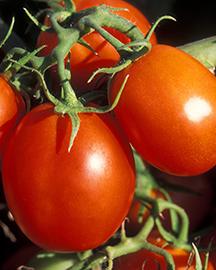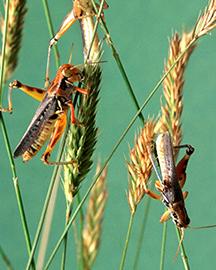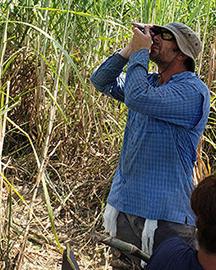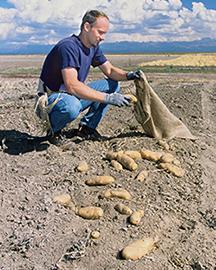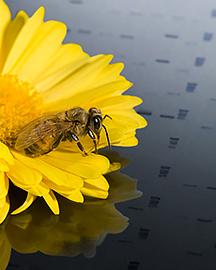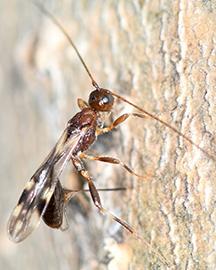Saving One of America’s Favorite Superfoods
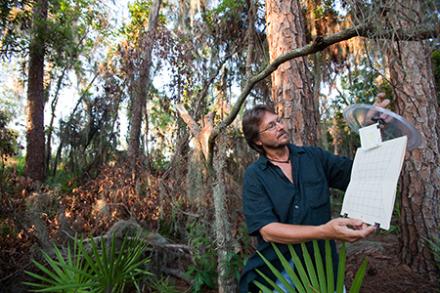
Packed with nutrients and rich in flavor the avocado is a popular superfood, with a production value of $427 million in 2020. But the avocado has some foes inhibiting its production. ARS scientists with the Subtropical Horticulture Research Unit in Miami, FL, and Tropical Crops and Germplasm Research Unit in Mayagüez, PR, are combatting pests and diseases affecting avocado production in the U.S. ARS scientists developed tools to lure and detect redbay ambrosia beetles, which spread the Laurel Wilt disease in avocado trees. They are also testing resistant avocado rootstocks as an alternative to chemical treatment for Phytophthora root rot, a root disease that attacks avocado trees and causes them to die slowly.
Additionally, scientists are finding better detection systems and solutions for managing the polyphagous shot hole borer, an invasive pest that damages avocado trees by carrying the fungus that causes Fusarium Wilt. Scientists also developed a highly sensitive detection assay to test for the avocado sun blotch viroid, a highly contagious viroid that could damage avocado production. These research projects will help ensure that consumers can continue to enjoy one of our favorite superfoods.




